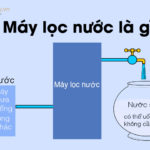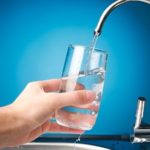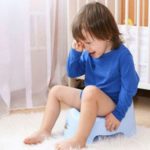Ensuring safe drinking water and environmental sanitation is crucial in the aftermath of a flood. Adhering to the principle of “cleaning as the water recedes” is vital to curb the spread of pathogens and safeguard public health. This article aims to guide you through the process of disinfecting well water and sanitizing your surroundings post-flood.
1 Cleaning and Disinfecting Open Wells After Flooding
Despite taking precautionary measures such as covering wells with plastic sheets or lids, floodwaters can still contaminate your well. These coverings only prevent solid debris from entering and cannot stop the infiltration of disease-causing microorganisms.
To ensure the safety of your well water, follow these steps:
Step 1: Well Sanitation
- Remove all coverings and clear away mud, debris, and garbage from around and inside the well.
- Use clean water to wash the walls, bottom, and pumping equipment of the well.
Step 2: Clarification
- Dissolve aluminum sulfate (alum) in water at a dosage of 50-100g/m³, depending on the turbidity of the water.
- Pour the alum solution into the well and stir to coagulate the impurities.
- Let it settle for about 30 minutes to allow the coagulated particles to settle at the bottom of the well.
Step 3: Disinfection
- Calculate the required amount of disinfectant (Chloramine B, Calcium Hypochlorite) based on the volume of water in the well and recommended concentrations.
- Dissolve the disinfectant in a small amount of clean water before adding it to the well.
- Pour the disinfectant solution into the well and stir thoroughly.
- Let it stand for about 30 minutes to allow the disinfectant to take effect.
Note:
- After disinfection, check the residual chlorine concentration in the water to ensure effective disinfection.
- Even after disinfection, boil the well water before use as a precautionary measure.
- Avoid simultaneous clarification and disinfection processes.
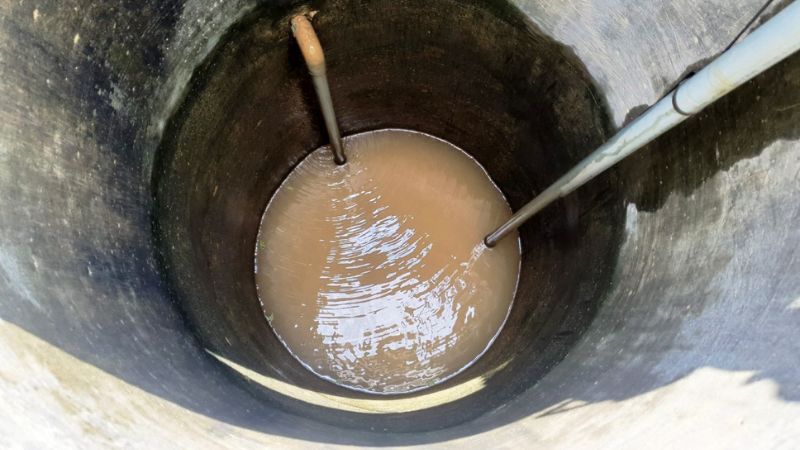 Cleaning and Disinfecting Open Wells After Flooding
Cleaning and Disinfecting Open Wells After Flooding
2 For Borewells
In the case of borewells, follow these steps after the floodwaters recede to ensure a safe water source:
-
Well Sanitation: Remove coverings such as rubber hoses or plastic sheets from the well mouth. Clean the well components, including the spout, pump, and well base, using appropriate sanitation tools.
-
Clear Drainage System: Keep the ditches and gutters around the well clear to prevent wastewater stagnation and potential contamination.
-
Pumping and Scrubbing: Use an electric or gasoline pump to completely empty the well. Then, thoroughly scrub the inside of the well. If all wells are contaminated, bail a manageable amount of water from the well into small treatment tanks. Treat the water by adding alum and disinfectant. Once used, bail out more water from the well for treatment.
-
Disinfection: Even if the water in the borewell appears clear, disinfection is necessary to eliminate disease-causing microorganisms. If possible, bail out the water and scrub the well before disinfection. If bailing is not feasible, proceed with direct disinfection in the well.
Note:
-
Use Disinfectants: After cleaning, use specialized disinfectants like Chloramine B or Calcium Hypochlorite, following the manufacturer’s instructions, to ensure effective sanitization.
-
Water Quality Testing: It is advisable to test the water quality after treatment to ensure it is safe for use.
 For Borewells
For Borewells
3 Post-Flood Environmental Sanitation
Once the floodwaters recede, cleaning your home should be a top priority. To protect your health and eliminate potential pathogens, thoroughly clean every corner of your house. Dry wet clothes and bedding completely in the sun to kill bacteria. Frequently touched surfaces such as doorknobs, tabletops, and toilets should be disinfected.
The post-flood environment is often heavily contaminated with garbage, animal carcasses, and decomposing organic matter. To prevent the outbreak of diseases, implement the following environmental sanitation measures:
-
Clear Drainage Channels: Keep ditches and gutters unobstructed to ensure quick water runoff and prevent flooding.
-
Garbage Collection and Treatment: Collect, sort, and treat garbage according to regulations. Bury animal carcasses away from water sources and disinfect with chemicals.
-
Environmental Disinfection: Use lime powder or disinfectant solutions to sanitize heavily contaminated areas.
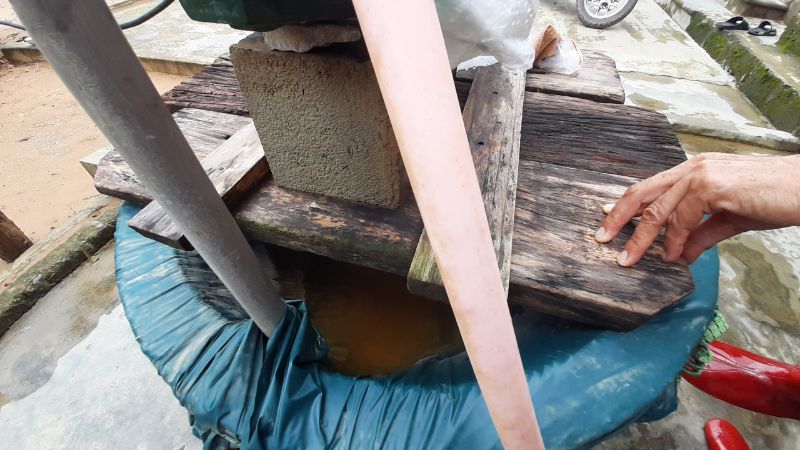 Post-Flood Environmental Sanitation
Post-Flood Environmental Sanitation
Environmental sanitation after a flood is an urgent task that requires community effort. By diligently following the above measures, we can protect our health, safeguard our community, and prevent the spread of diseases.


























